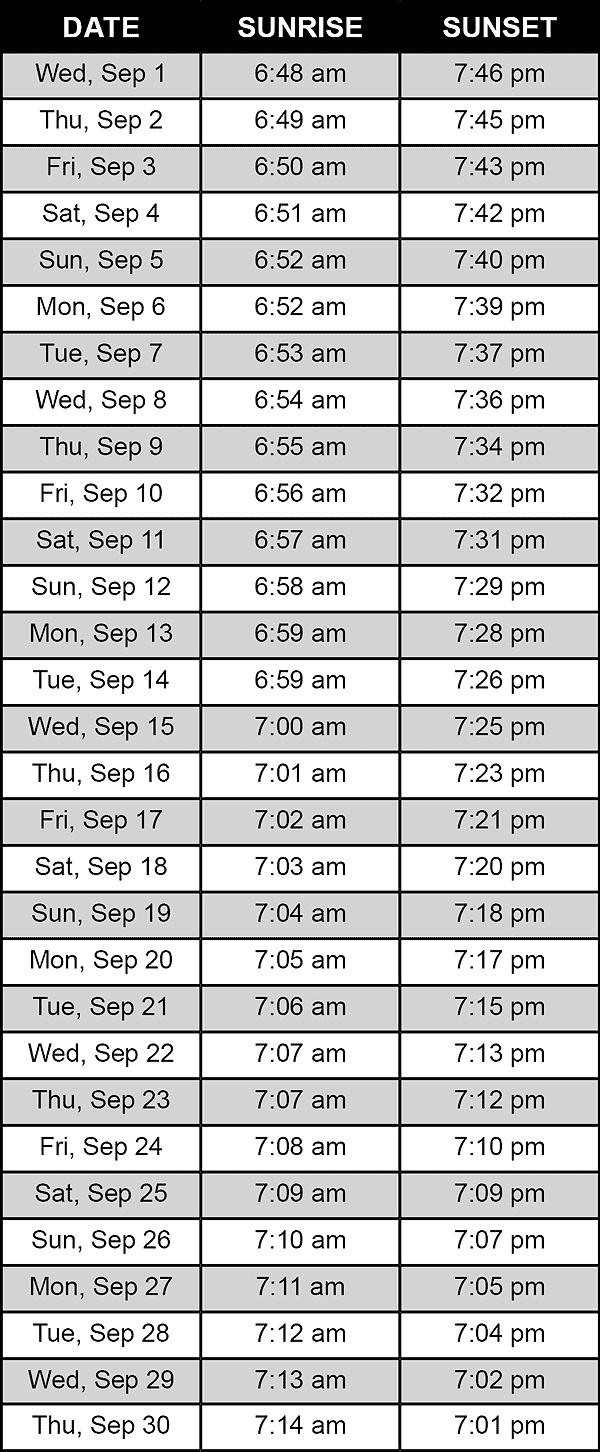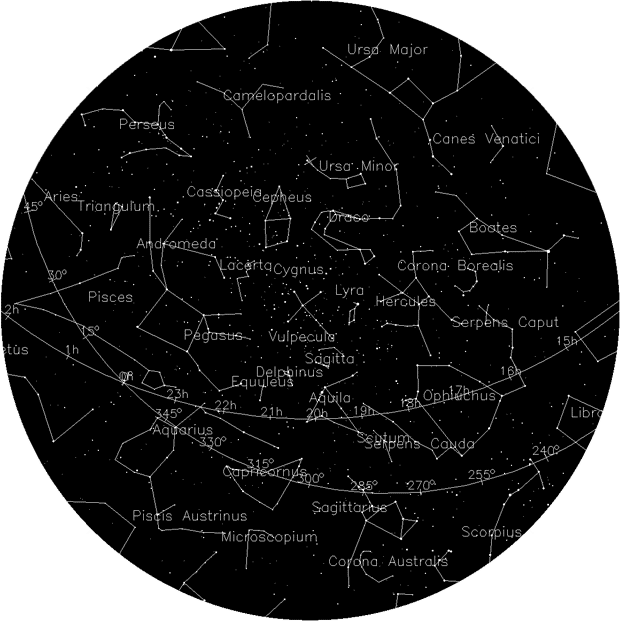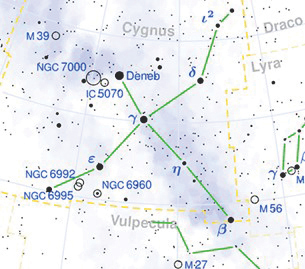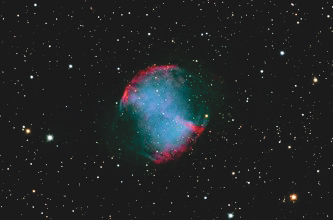DARK SKY HAPPENINGS - September 2021
Moab
UT (at City Hall)
38O34’ N Latitude
109O33’ W Longitude
4048 ft - 1234 m |
September Equinox: All You Need To Know
By Deborah Byrd
Sunrise-Sunset
(The time of sunrise and sunset assumes a flat horizon. Actual time may
vary depending upon the landscape.) |
 |
The equinox will arrive on September 22, 2021, at 1:20 p.m. MST. That’s when the sun will be exactly above Earth’s equator, moving from north to south. In the Northern Hemisphere, the sun is rising later now, and nightfall comes sooner. We’re enjoying the cooler days of almost-autumn.
What is an equinox? The earliest humans spent more time outside than we do. They used the sky as both a clock and a calendar. They could easily see that the sun’s path across the sky, the length of daylight, and the location of the sunrise and sunset all shift in a regular way throughout the year. Our ancestors built the first observatories to track the sun’s progress. We have an equinox twice a year – spring and fall – when the tilt of the Earth’s axis and Earth’s orbit around the sun combine in such a way that the axis is inclined neither away from nor toward the sun.
Where should I look to see signs of the equinox in nature? The knowledge that summer is gone – and winter is coming – is everywhere now. Birds and butterflies are migrating southward, too, along with the path of the sun. The shorter days are bringing cooler weather. Creatures of the wild are putting on their winter coats. All around us, trees and plants are ending this year’s cycle of growth. Perhaps they are responding with glorious autumn leaves, or a last burst of bloom before winter comes.
The equinox a good day for finding due east and due west from your yard or other favorite site for watching the sky. Just go outside around sunset or sunrise and notice the location of the sun on the horizon with respect to familiar landmarks.
Bottom line: Enjoy the September 2021 equinox – a seasonal signpost in Earth’s orbit around the sun!
MOON HAPPENINGS
Sep 6 - New Moon at 6:51 pm
Sep 13 - First Quarter at 2:39 pm
Sep 20 - Full Moon at 5:54 pm |
Moab Dark Skies mission is to promote the appreciation and conservation of Moab’s valuable and rare dark skies. Moab Dark Skies was established by the Friends of Arches and Canyonlands Parks in conjunction with the National Park Service and Utah State Parks Division of Natural Resources
For more information, check out our Facebook page. |
 |
Cygnus the Swan
by Spencer Stokes |
 |
| Picture from ©Torsten Bronger CC BY-SA 3.0 |
Imagine yourself away from the lights of Moab, laying on the warm desert red rock and gazing into the heavens straight above yourself. Thousands of stars twinkle against a black backdrop, more stars than you have ever seen before. You notice a distinct shape of stars surrounded by the beauty of the milky way. This shape appears to be a cross, stunning in its clarity. This constellation is Cygnus the Swan, which is one of the easiest to identify constellations, but also one of the most fascinating because of its many deep space objects and compelling story. So let’s look up into the night sky, grab a pair of binoculars, or telescope, and be prepared to see some amazing sights! (Pic from © Torsten Bronger CC BY-SA 3.0)
Cygnus gets its constellation name and mythology from the ancient greeks. There are several stories on how this constellation got its name but one of the most prominent involves a man named Orpheus. Orpheus played beautiful music on his lyre, which is a Greek stringed instrument. After he was murdered the gods placed him in the heavens as a swan, right next to the constellation Lyra, which is, of course, a lyre. So because of the wonderful music that Orpheus played while he was alive, the gods placed him in the stars to continue to play music for them. When you find Cygnus in the night sky look for another bright constellation close by to find Lyra.
 |
| Picture from Pixabay |
One of the most fascinating deep space objects close to Cygnus is the Dumbbell Nebula, or Messier 27. This object was the first “Planetary Nebula” to be discovered in 1764 by Charles Messier. The term “Planetary Nebula” is a bit of a misnomer. In a telescope, these objects are somewhat shaped like a planet, even though they are the remnants of a dying star. The dumbbell nebula is relatively close to earth at a distance of 1,200 light-years away,
which means it is an excellent object for backyard astronomy because of its brightness it is easy to see with binoculars in which it appears like a puff of light. (Pic from Pixabay)
There are few activities more worthwhile than stargazing. Hopefully, with some of the information in this article, you will be motivated to get outside and appreciate the stars. Look for Cygnus, which will be almost directly overhead in September, and grab a pair of binoculars to see the Dumbbell Nebula. Enjoy the dark skies of southeast Utah and be prepared to be amazed!
|
|